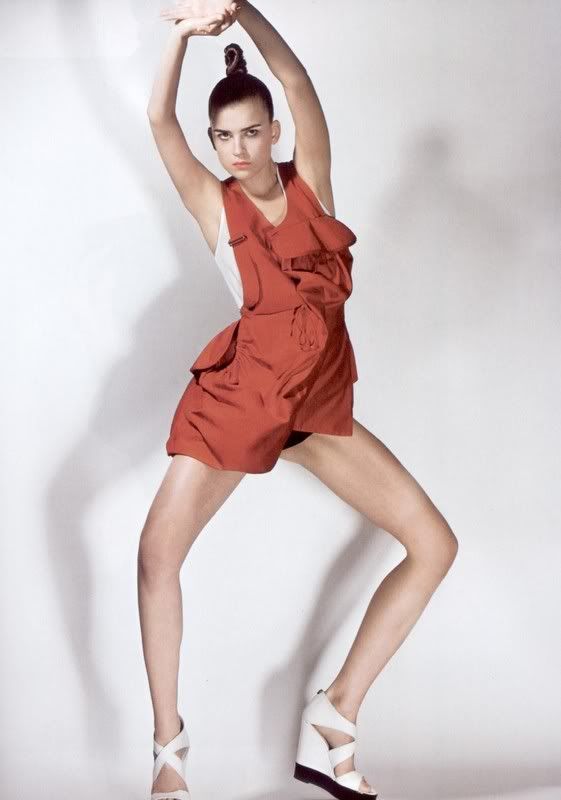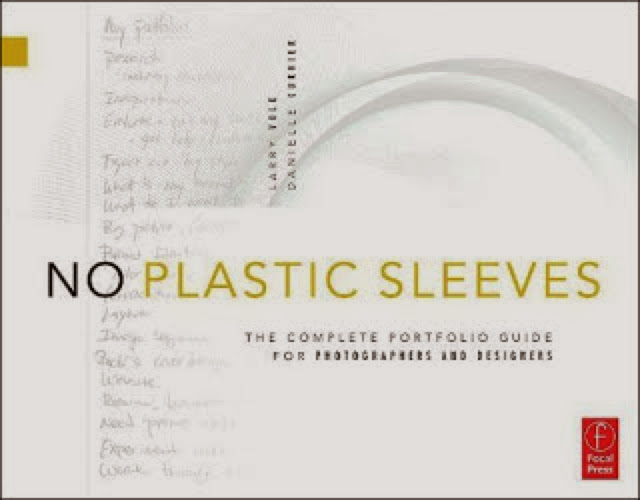Were your aims / objectives clearly articulated visually and verbally? I explained
well what process I was using to create my designs but may have been undecided
when it came to what I was going to do with them next. I was advised to
continue with fabrics and link it more with the life and death idea, for
example using ethereal like and transparent fabrics to print on. And also
looking at what you can further do with the accessories idea, or example
attaching accessories to garments to contain ashes, or creating labels of memoires
to the garments.
Did you include appropriate contextual references? Included relevant images
that had been specifically picked out so they related to what I was talking
about in my presentation but maybe needed more, which would be gained from more
artist’s research so I could put artists between each process of my work so it
linked better, and then I could have added more pictures of my own work. I
could have also worked on the layout of the images more as they were a bit
square and was not consistent throughout the slides, I could improve this by
creating the images in Photoshop so I had a collage of my drawings and then put
them in a slide.
How well did you explain your theme, idea or concept? Needed more thorough explanation
of the wearing death idea. But it's still not a focused concept so it’s still
quite open, just has an underlying theme. More practise of the presentation
could have been beneficial as it didn’t quite flow, but nerves did make me
forget some points at the beginning of the presentation.
Are your methods, techniques / lines of enquiry clear and challenging
enough? Working outside of my usual process of taking photos and making them
straight into a print, by creating more conceptual work. This involved more
research and analysis, but also finding a way of translating my ideas into a
visual print. I think I articulated quite well how I wanted to create more
depth and dimension to my digital prints by using a range of media when I am
drawing and then working into them after I have printed them.
How or will the project I am working on now relate to the next unit (Unit
X)? I would possibly continue the idea and create flats of the printed garments
or accessories into one or more collections.
Are you clear about the market or context of your work? Missed out mentioning
a specific season being autumn winter if I was using wools or spring summer if
I was using light and transparent fabrics, and the buyer profile = young
fashionistas that aren't afraid to experiment and challenge to boundaries of
fashion.



































